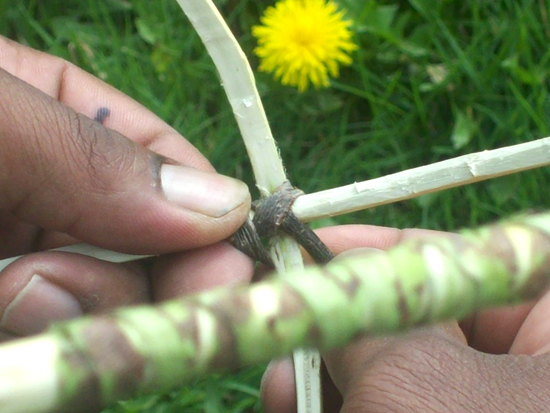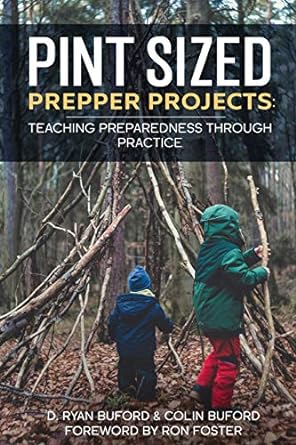How to: Make a Melon Basket
Video
Handwoven ribbed baskets, are also know as the melon basket, buttoks basket, fanny basket, peanut baskt, gizzard basket, bow basket, egg basket and many other regional names. This is the basket with the familior "Ojo de Dios" or God's Eye wrapped pattern on each end of the basket where the handle meets the rim. Wherever you travel in N. America, you'll more than likely see thse ribbed buttoks egg baskets.
Although now found world-wide, hand woven ribbed baskets originated in Europe and were very common in Great Britain. Since many settler in N. America came from the British Isles, ribbed baskets traveled across the Atlantic appearing logically in the Eastern colonies.
Native American vines were used to replace the commonly used willows of England. As creative basket weaving artisans everywhere do, the early settlers experimented with whatever grew in abundance in their area. The ribbed baskets that we think of as traditional styled egg baskets are usually made of split hardwoods, but this style also works well in honeysuckle and other native vines.
Instructions

1). Create 2 hoops out of tree saplings. Here I am going to use Elm to create the entire basket. To make the hoops start by scraping away stock from one side of the sapling. So one side is flat and the other side is un-touched. If you are using wild-grape vine this step will not be necessary. Scrape down to the center of the sapling. Notice the shavings. The shaving can be used as tinder for building a fire in a camping situation.
Use light heat to help bend the sapling into a circle from a stove or campfire. Take your time and be careful not to burn yourself. Be gentle in the bending process as the sapling can still break. It is better to do this heat treatment if the sapling is very green and still moist. Look for an even bend all the way around. You may have to scrape/shave off more stock of the sapling in areas that do not bend. Be careful to take of a little at a time. You can always take away, but it is very hard to put it back ;-)

2). Place one hoop inside of the other. Turn them perpendicular to each other. Using strips from the bark of the saplings, start cross-wrapping them together

3). Start making a “God’s Eye” by over wrapping each of the four parts of the frame in turn…



















